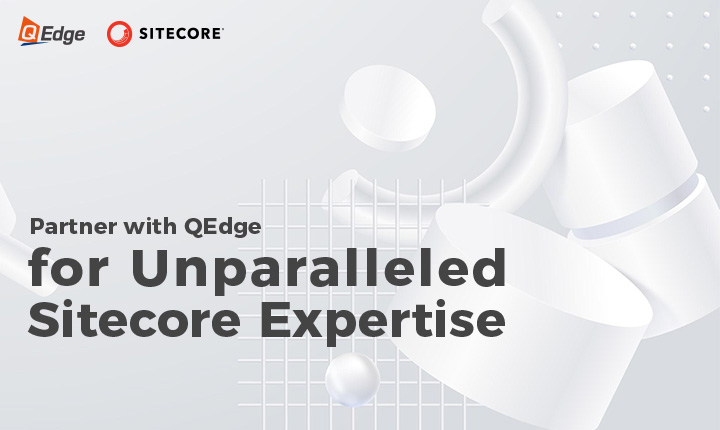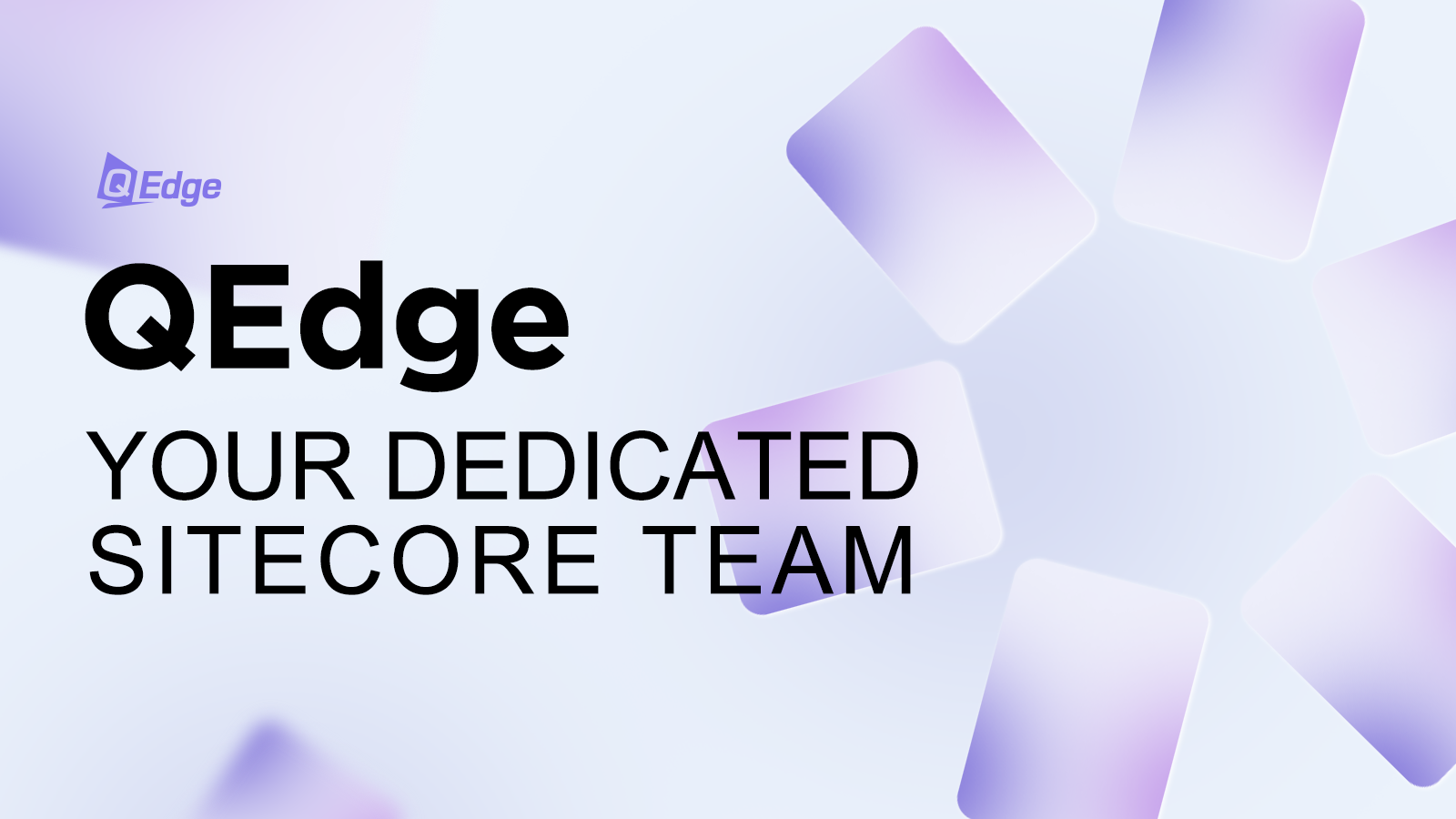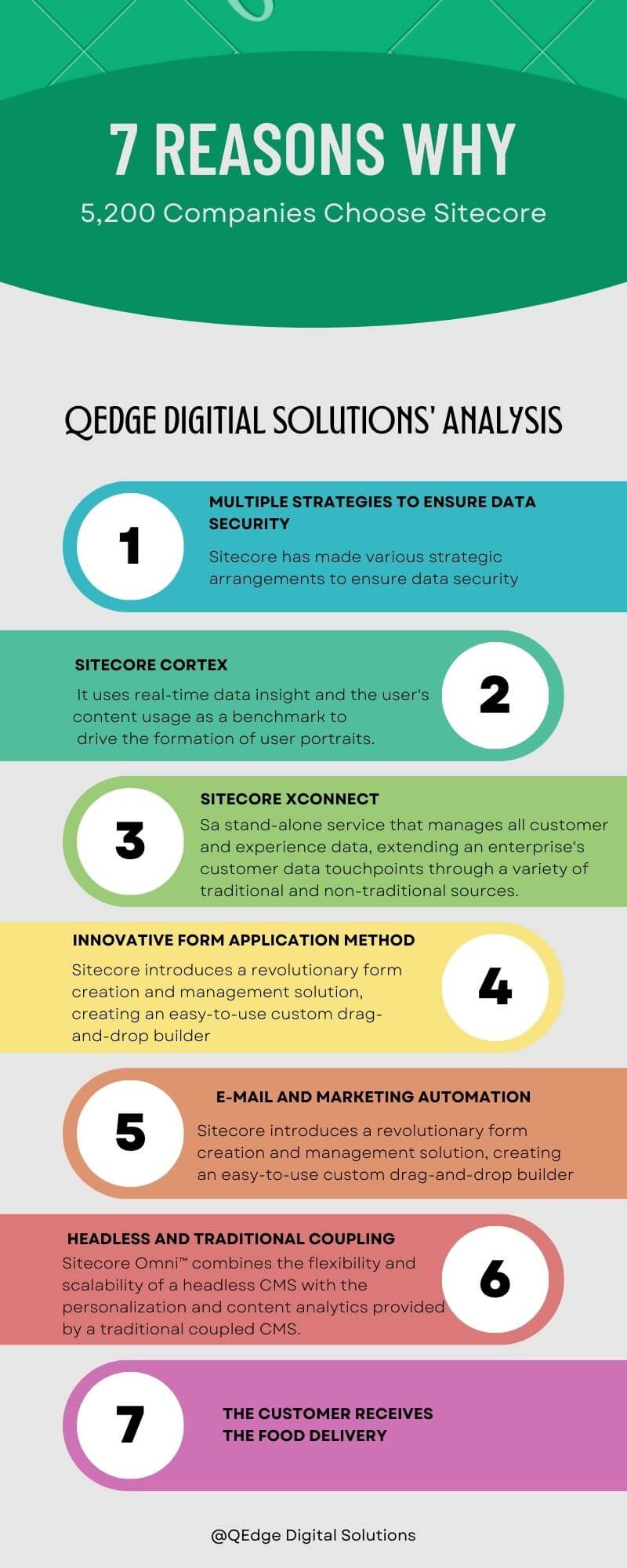Choosing the right content management system (CMS) is crucial for businesses looking to build and manage their digital properties effectively. Sitecore, Adobe Experience Manager (AEM), and Drupal are three of the leading CMS platforms in the market. In this article, we will conduct a comprehensive comparison of these platforms, exploring their key features, capabilities, strengths, and weaknesses. By the end, you'll have a better understanding of which CMS platform aligns best with your business needs. Let's dive into the Sitecore vs Adobe AEM vs Drupal showdown.

Key Features of Sitecore
Sitecore is a powerful and feature-rich CMS platform designed for enterprise-level websites and digital experiences. Some key features of Sitecore include:
- Personalization and Marketing Automation: Sitecore excels in delivering personalized experiences. Its robust marketing automation capabilities allow businesses to create targeted campaigns, track customer behavior, and optimize conversion rates.
- Content Management: Sitecore offers a user-friendly interface for managing content, allowing businesses to create, edit, and publish content easily. It provides workflow management, versioning, and content governance features.
- Digital Experience Management: Sitecore offers comprehensive tools for managing end-to-end digital experiences. It includes features such as A/B testing, analytics, and customer journey mapping to optimize user experiences.
- Scalability and Performance: Sitecore is known for its scalability and performance, making it suitable for high-traffic websites and complex enterprise applications. It supports load balancing, caching, and other performance optimization techniques.
Strengths of Sitecore
- Powerful personalization and marketing automation features.
- Robust scalability and performance capabilities.
- Extensive support for multilingual and multi-site environments.
- Advanced analytics and reporting capabilities.
Weaknesses of Sitecore
- Higher cost compared to other CMS platforms.
- The steeper learning curve for developers and administrators.
- Limited out-of-the-box functionality, requiring custom development for specific requirements.
Key Features of Adobe Experience Manager (AEM)
Adobe Experience Manager (AEM) is another popular CMS platform that offers a comprehensive set of tools for managing digital experiences. Some key features of AEM include:
- Digital Asset Management: AEM provides robust digital asset management capabilities, allowing businesses to organize, store, and distribute digital assets efficiently. It supports asset versioning, metadata management, and integration with Adobe Creative Cloud.
- Multi-Channel Content Delivery: AEM enables businesses to deliver content across multiple channels, including websites, mobile apps, and social media platforms. It provides responsive design capabilities and supports content targeting based on user segments.
- Integration with Adobe Marketing Cloud: AEM seamlessly integrates with other components of the Adobe Marketing Cloud, enabling businesses to leverage a complete suite of marketing automation and analytics tools.
- Developer-Friendly: AEM offers a flexible and extensible architecture, making it a preferred choice for developers. It provides support for various programming languages and frameworks, allowing for customizations and integrations.
Strengths of AEM
- Robust digital asset management capabilities.
- Seamless integration with other Adobe Marketing Cloud products.
- Developer-friendly platform with extensible architecture.
- Strong community support and availability of third-party extensions.
Weaknesses of AEM
- Complex installation and setup process.
- Higher licensing costs for enterprise-level deployments.
- The steeper learning curve for developers and administrators.
Key Features of Drupal
Drupal is an open-source CMS platform known for its flexibility and extensibility. It offers a wide range of features and modules, making it suitable for various types of websites and applications. Some key features of Drupal include:
- Customization and Extensibility: Drupal provides a highly customizable platform, allowing businesses to tailor their websites or applications to specific requirements. It offers a vast library of modules and themes that extend its functionality.
- Community and Support: Drupal has a large and active community of developers and contributors, providing continuous support, updates, and security patches. The community-driven nature of Drupal ensures its growth and evolution.
- Content Workflow and Publishing: Drupal offers robust content workflow management capabilities, allowing businesses to define and enforce editorial processes. It provides granular access controls, versioning, and content staging features.
- Multilingual and Accessibility Support: Drupal has built-in support for multilingual websites, making it easy to create content in multiple languages. It also emphasizes accessibility, adhering to web content accessibility guidelines (WCAG).
Strengths of Drupal
- High level of customization and extensibility.
- Active community support and continuous improvements.
- Built-in multilingual and accessibility features.
- The lower total cost of ownership compared to proprietary CMS platforms.
Weaknesses of Drupal
- The steeper learning curve for non-technical users.
- Limited out-of-the-box functionality, requiring additional modules for specific features.
- Requires more technical expertise for setup, configuration, and maintenance.
Sitecore vs Adobe AEM vs Drupal
| Aspects | Sitecore | Adobe AEM | Drupal |
|---|---|---|---|
| Core Technology Stack | .NET | Java | PHP |
| Skill Requirements | Requires knowledge of .NET and ASP.NET MVC framework | Requires strong Java and AEM framework, Java, and web development skills | Requires PHP and web development skills |
| Customization | Highly customizable with extensive options for personalization and extensibility | Highly customizable with flexible component-based architecture | Highly customizable with flexible module-based architecture |
| Content Structure | Hierarchical structure using templates and presentation components | Hierarchical structure using templates and components | Hierarchical structure using templates and content types |
| Storage | Relational database (SQL Server) | Relational database (MongoDB) | Relational database (MySQL, PostgreSQL) |
| Scalability | Offers robust scalability options and can handle high-traffic and large datasets | Scalable architecture with distributed deployment | Scalable architecture with distributed deployment |
| Upgrading Process | Requires careful planning and support from Sitecore experts | Complex upgrade process with support from Adobe experts | Upgrades are relatively smooth and well-documented |

Conclusion
Choosing the right CMS platform depends on various factors, including your business requirements, budget, scalability needs, and technical expertise. Sitecore, Adobe AEM, and Drupal are all powerful CMS platforms, each with its unique strengths and weaknesses.
If you're looking for a robust, enterprise-level solution with advanced personalization and marketing automation capabilities, Sitecore may be the right choice. It offers scalability, performance, and extensive support for multilingual and multi-site environments. You Deserve Only the Best: QEdge.
On the other hand, Adobe AEM provides seamless integration with other Adobe Marketing Cloud products, making it a great option for businesses leveraging the entire Adobe ecosystem. It excels in digital asset management and multi-channel content delivery.
However, the installation and setup process can be complex, and the licensing costs may be higher for enterprise-level deployments. If customization and extensibility are top priorities, Drupal stands out as an open-source platform with a vast library of modules and themes. It offers a lower total cost of ownership and has strong community support. However, Drupal may require more technical expertise for setup and maintenance, and the learning curve can be steep for non-technical users.
Ultimately, the choice between Sitecore, Adobe AEM, and Drupal depends on your specific business needs, budget, technical expertise, and long-term goals. It's recommended to evaluate each platform thoroughly, consider the features, strengths, and weaknesses, and even seek advice from industry experts before making a decision.

About QEdge
We’re A Digital Agency Since 2008
Sitecore Platinum Partner: Digital Solutions Provider
QEdge is a digital agency dedicated to Sitecore implementation, deployment, and localization in China. QEdge and Sitecore have been partners for over 15 years. We provide a unique blend of Sitecore technology and China-specific digital products.
➤ Sitecore Development and Maintenance
➤ Chinese Localization & Maintenance
➤ Compliance






